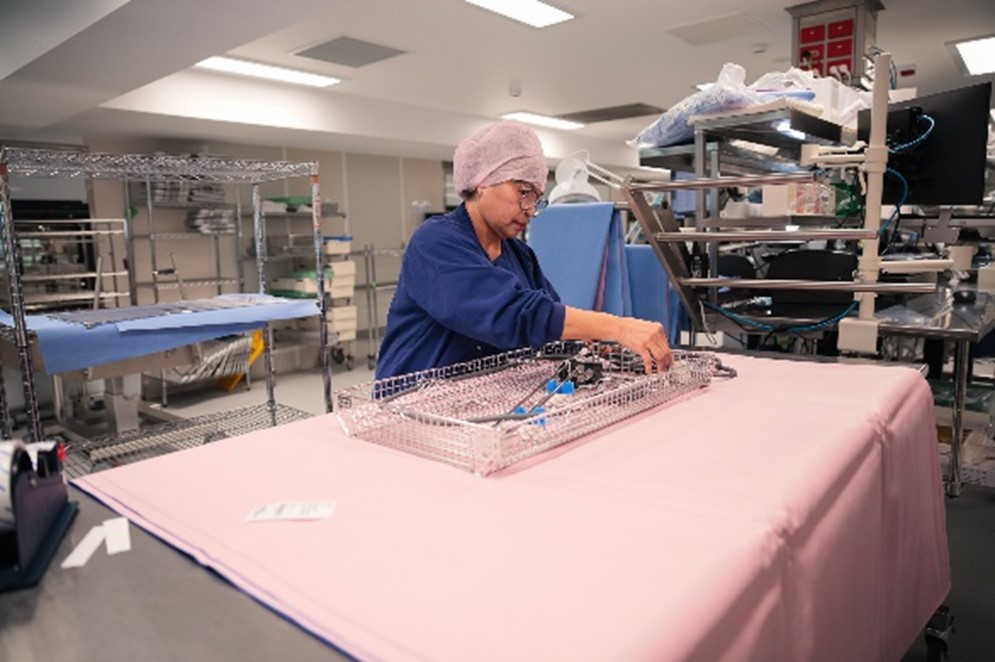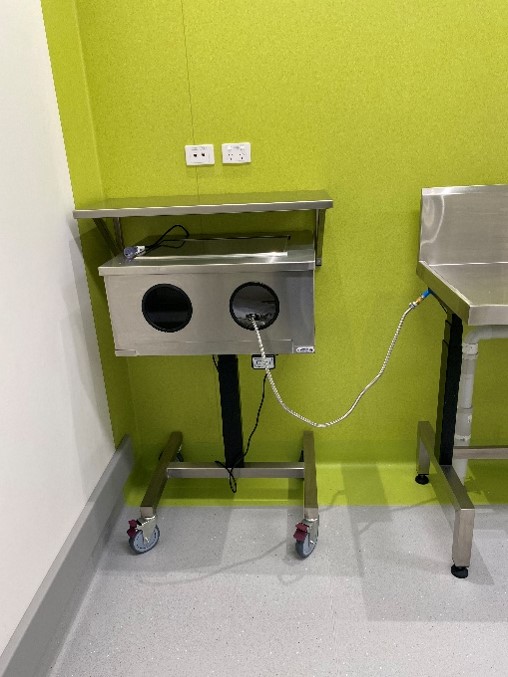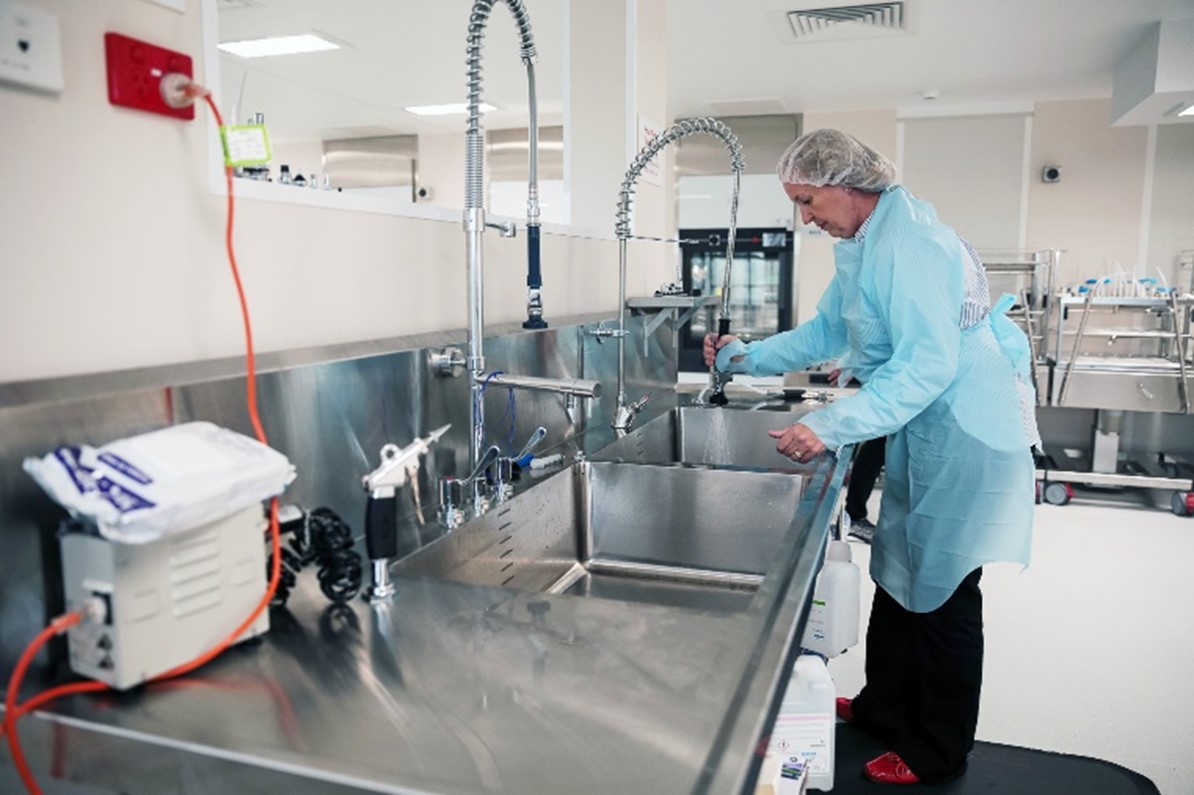In the Central Sterile Supply Department (CSSD), the effectiveness of equipment is crucial for ensuring patient safety and maintaining high-quality healthcare standards. This blog post will explore essential performance indicators for wrap stations, spray booths, sinks, and case carts – key components in the CSSD workflow.
Wrap stations are critical for properly packaging sterilized items. Key metrics include:

– Wrapping Time: Measure the average time taken to wrap different types of instrument trays. This helps identify efficiency improvements and training needs.
– Material Usage: Track the amount of wrapping material used per item to optimize resource utilization and reduce waste.
– Seal Integrity: Regularly test the integrity of wrapped packages to ensure proper sealing, which is crucial for maintaining sterility.

Spray booths are essential for cleaning and disinfecting larger items. Important metrics include:
– Water Pressure and Flow Rate: Monitor these to ensure optimal cleaning effectiveness and consistency.
– Chemical Concentration: Regularly check the concentration of cleaning agents to maintain effective disinfection.
– Cycle Time: Track the duration of cleaning cycles to optimize throughput without compromising quality.

Sinks are fundamental for manual cleaning processes. Key performance indicators include:
– Water Temperature: Ensure consistent water temperature within the recommended range for effective cleaning and staff safety.
– Ergonomics: Monitor staff feedback on sink height and design to prevent repetitive strain injuries.
– Water Quality: Regularly test water hardness and pH levels, as these can affect cleaning efficacy and instrument longevity.
Case carts are crucial for transporting sterile items. Important metrics to track include:
– Loading Efficiency: Measure the average time taken to load and unload case carts to optimize workflow.
– Transport Time: Monitor the time taken for case carts to reach their destinations to ensure timely delivery of sterile items.
– Maintenance Frequency: Track how often case carts require repairs or wheel replacements to ensure smooth operation and prevent delays.
Some metrics apply across all equipment types:
– Downtime: Track the frequency and duration of equipment downtime for maintenance or repairs.
– Compliance with Standard Operating Procedures (SOPs): Regularly audit staff adherence to SOPs for each piece of equipment.
– Staff Satisfaction: Conduct surveys to gauge staff satisfaction with the equipment, which can highlight areas for improvement or training needs.
By consistently monitoring these key metrics, CSSD managers and technicians can ensure that wrap stations, spray booths, sinks, and case carts are performing optimally, thereby maintaining the highest standards of patient safety and care quality.
At Emery Industries, we understand the importance of reliable, high-performance equipment in CSSD operations. Our range of CSSD products, including spray booths, height-adjustable wraps, sinks, transport trolleys, and case carts, are designed to support your sterilisation processes and help you maintain these crucial performance metrics. Visit our CSSD product range to learn more about how we can support your CSSD’s success.
Citations:
https://apm.amegroups.org/article/view/96397/html
https://pmc.ncbi.nlm.nih.gov/articles/PMC10229034/
https://www.afro.who.int/sites/default/files/2024-03/CSSD%20Guideline_final_31%20Oct%202023%20(2).pdf
Lean Management Practices in Central Service Departments
https://jed-s3.bluvalt.com/psj1-ifn-s3-ifn01/files/02/Guidelines/CSSD-Guidelines-2021-Version-I-GDIPC.pdf
https://www.healthcareexecutive.in/blog/cssd-workflow-automation-need-of-the-hour
https://f1000research.com/articles/13-444